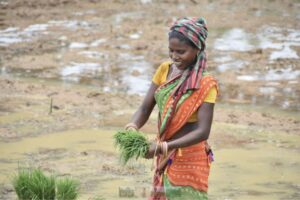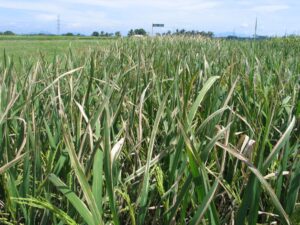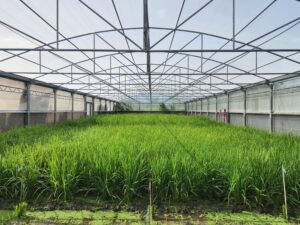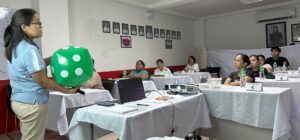The International Rice Research Institute (IRRI) and the National Museum will hold a trifecta of grand events celebrating the genius of National Artist Vicente Manansala, heirloom rice treasures of the Cordilleras interpreted for the palate by the country’s top chefs, and the breathtaking natural beauty and awe of wild bird diversity in the Philippines.
Sharing the harvest, on 12 November 2015, at 6:30 pm at the National Museum, spotlights the original studies (rendered in watercolor) of the two large Manansala paintings that opened for public viewing in the museum’s IRRI Hall on 14 May 2015. Another study of the artist’s oil painting Prayer Before Meal will also be on display for the first time.
“The existence of the three small watercolor paintings is virtually unknown to the public,” said Mr. Paul Hilario, curator of IRRI’s Riceworld Museum. “They were presented to the Ford and Rockefeller Foundations for approval before Manansala did the larger paintings in the early 1960s. It is a pleasure to finally share these treasures with the public.”
These studies, on multi-year loan to the museum and part of IRRI’s art collection, shed new insight on Manansala’ s immense talent, particularly for the large Manansala paintings officially declared as National Cultural Treasures. “Considering their small dimensions, Manansala’s superb brush control, attention to detail, composition prowess, and outstanding color selection are in full display here,” Hilario added.
“As a chef, I feel very blessed that I have been given the chance to add all these heirloom rices in the ingredients list that I work with,” says Chef Gaita. “They really widened my repertoire and allow for new things I can do. My creativity is enhanced because the product is so beautiful.”
The calendar also contains stories of how the growing demand for heirloom rice is improving the lives of the farmers who sow them and help in the preservation of the magnificent rice terraces.
The guide concentrates on birds that frequent the IRRI experiment station because the fields there have been intensively surveyed over the last 6 years like no other location in the country. But almost all of these species can be observed in many rice fields across the Philippines.
Learn more about IRRI (www.irri.org) or follow us on the social media and networks (all links down the right column).










